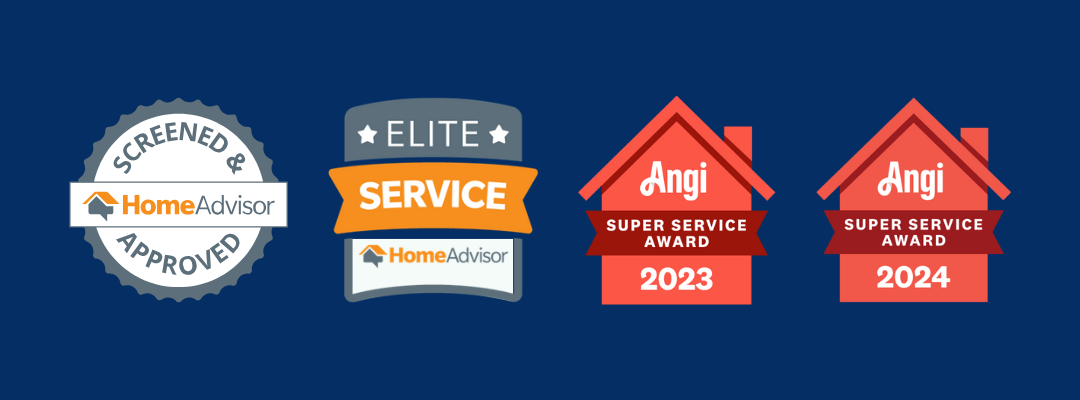
As the year draws to a close, many homeowners begin to contemplate renovations to refresh their living spaces for the new year. Tiling is often one of the top choices, offering both practicality and aesthetic appeal. But before you decide to jump into a tiling project, it’s essential to weigh the benefits and drawbacks to see if it’s the right move for your home. In this article, we’ll break down the advantages and disadvantages of tiling, so you can make an informed decision before the year ends.
The Benefits of Tiling Your Home

1. Durability That Lasts for Years
One of the biggest advantages of tiling is its durability. High-quality tiles, when installed correctly, can last for decades. Whether you’re tiling your kitchen, bathroom, or entryway, tiles can withstand heavy foot traffic, spills, and other daily wear and tear. This makes them an ideal choice for high-traffic areas in your home, especially if you want a long-lasting solution that doesn’t require frequent maintenance or replacement.
2. Easy to Clean and Maintain
Tile flooring is incredibly easy to clean. Spills, dirt, and stains can typically be wiped away with minimal effort, making tiles an excellent option for families with pets, children, or anyone looking for low-maintenance flooring. Grout cleaning can be more time-intensive, but with regular upkeep and the right products, even that can be managed easily.

3. Water-resistant and Ideal for Humid Areas
Tiles, especially ceramic or porcelain, are water-resistant, which makes them perfect for areas exposed to moisture, such as bathrooms and kitchens. They help prevent water damage and can be cleaned more easily in areas prone to spills or dampness.
4. Endless Design Possibilities
With tiles, the design possibilities are endless. You can choose from a vast array of colors, patterns, sizes, and finishes. Whether you prefer the sleek look of modern marble tiles or the rustic charm of patterned ceramic, tiling allows you to personalize your space. Plus, with the rise of textured and wood-look tiles, you can mimic other materials while retaining the durability and low maintenance of tiles.

5. Increases Home Value
Tiling, especially in key areas like the kitchen or bathroom, can increase the value of your home. It’s a popular selling point for potential buyers, as tiles are associated with quality, longevity, and easy upkeep. If you’re planning to sell your home in the near future, updating your spaces with tiles can give your property a fresh, appealing look.
The Drawbacks of Tiling

1. Higher Upfront Cost
While tiles are durable and long-lasting, they can come with a higher upfront cost compared to other flooring materials like vinyl or carpet. Premium tile options, along with professional installation, can add up quickly. It’s important to consider your budget and whether you’re ready for that kind of investment before the year ends. However, the long-term benefits may outweigh the initial cost for some homeowners.
2. Cold and Hard Underfoot
Tiles can be cold and hard underfoot, especially during the winter months. This is something to consider if you live in a region with colder climates. While heated flooring systems can mitigate this issue, they do add an extra cost to the project. Additionally, the hardness of tiles can make standing on them for long periods uncomfortable, which is worth considering in areas like the kitchen, where you might spend a lot of time

3. Time-Consuming Installation
Tiling is not a quick project. It requires careful planning, preparation, and skill, particularly if you’re dealing with intricate patterns or large surfaces. Installing tiles near the end of the year, especially during the holiday season, can be a challenge due to potential time constraints. Professional installation is highly recommended for a seamless finish, but it can take time to schedule and complete, particularly during busy periods.
4. Grout Maintenance
While tiles themselves are easy to clean, grout can be a different story. Grout lines can become discolored or stained over time, especially in high-traffic or moisture-prone areas. Regular sealing and scrubbing can help, but grout maintenance can be more demanding than cleaning the tiles themselves. This is something to keep in mind if you’re looking for a truly hassle-free flooring option.
5. Not Suitable for All Areas
Tiles are excellent in bathrooms, kitchens, and hallways, but they might not be the best choice for every room in your home. In bedrooms or living rooms, some homeowners prefer softer, warmer flooring options like carpet or hardwood. If comfort is a priority in these spaces, tiling may not be the most ideal choice.
Is Tiling the Right Move for You?

Tiling can be an excellent way to transform your space, offering durability, easy maintenance, and endless design options. It’s a fantastic choice for areas prone to moisture, high traffic, or heavy use. However, the higher upfront cost, time-consuming installation, and potential discomfort underfoot should be carefully considered.
If you’re looking for a long-lasting and visually appealing upgrade, tiling could be the perfect end-of-year project. However, if you’re seeking a quick, budget-friendly refresh, you may want to explore alternative flooring options.
Our Final Say
The end of the year is a great time to tackle home renovations, and tiling can offer both functional and aesthetic benefits for your space. Whether you’re looking to add value to your home or simply refresh a high-traffic area, the pros of tiling often outweigh the cons. Just be sure to weigh the costs, installation time, and specific needs of your space before making your decision.
If you’re considering a tile installation before the year ends, take advantage of this season to create a stunning, durable, and easy-to-maintain space that will serve you well for years to come. Also, make sure to choose a reliable contractor for this amazing project!






